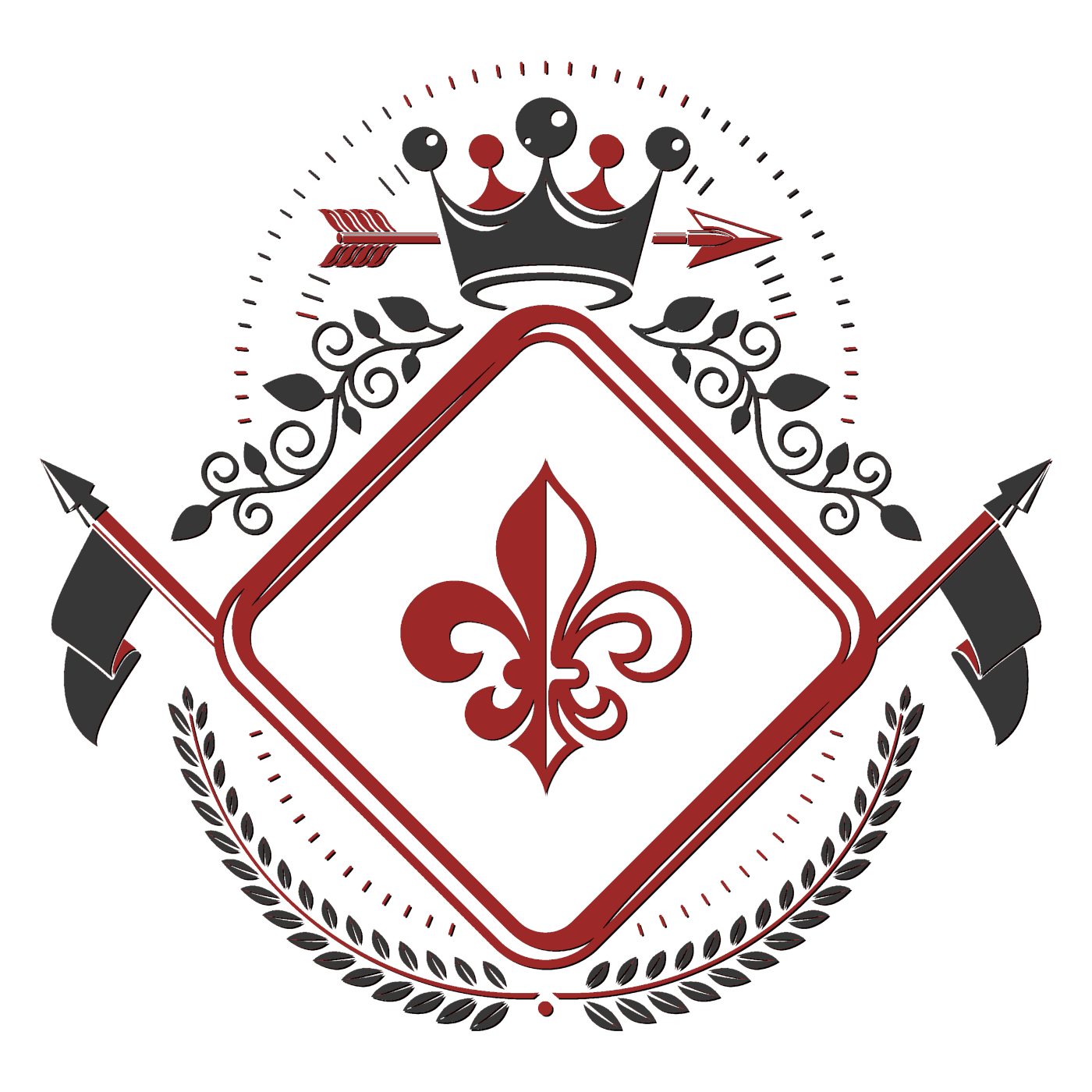I don't think I've seen anyone say this before, and it's worth noting: The "three-act structure" defined in this way is an idea from film, where it was "created" to
describe a lot of films before it was ever used to
design films. (The idea of dividing a work into "acts" goes back to staged drama from Shakespeare's day and earlier, of course, but the purely-dramatic notion doesn't necessarily involve any ideas about the relative length of the acts.)
Tsahraf ChahsidMimetes wrote:
The three act structure is obviously not just a name for the first quarter, middle half, and last quarter of the book.
So, what is meant to distinguish these three acts in this structure? Or what are the most common ways of distinguishing these parts?
In books that
fit this structure, there's some major plot-changing event at the break between the first and second acts, and another at the break between the second and third acts ... and those
events, and the discontinuity at each of them between what was going on before and what was going on afterwards, are what makes a story a "three-act story."
Tsahraf ChahsidMimetes wrote:
Would any work of fiction benefit from this structure?
Pretty much any work of fiction benefits from having
some structure designed into it (or at least having some thought put into its structure) from the beginning, but
this structure works well for some stories and not so well for others, just like my skeleton wouldn't fit a cat very well.

Tsahraf ChahsidMimetes wrote:
Would it actually harm some works of fiction?
Trying to shoehorn a story into a structure that doesn't fit it could harm it, yes.
Tsahraf ChahsidMimetes wrote:
How would you tell if it was right to apply to your story?
The thing is, while in film the three-act structure is so conventional as to be nearly obligatory (from what I've read), in fiction it's not ... so (like "the hero's journey," another commonly-used critical model) it's mostly useful as a
descriptive rather than a
prescriptive model. If your story
almost fits it, but not
quite, and your readers (or your instincts) tell you that something's not quite right ... you might want to adjust the pacing slightly to correlate with this model more strongly. But if it doesn't describe your story very well, you'd probably be better off finding a model that's closer to the story you're already writing.
Tsahraf ChahsidMimetes wrote:
With some things it may work because applying any kind of structure would benefit. How do we know that it is this particular structure that would benefit the story more than a different structure?
Look at the model and (the outline of) your story side-by-side, and see how well they line up.






